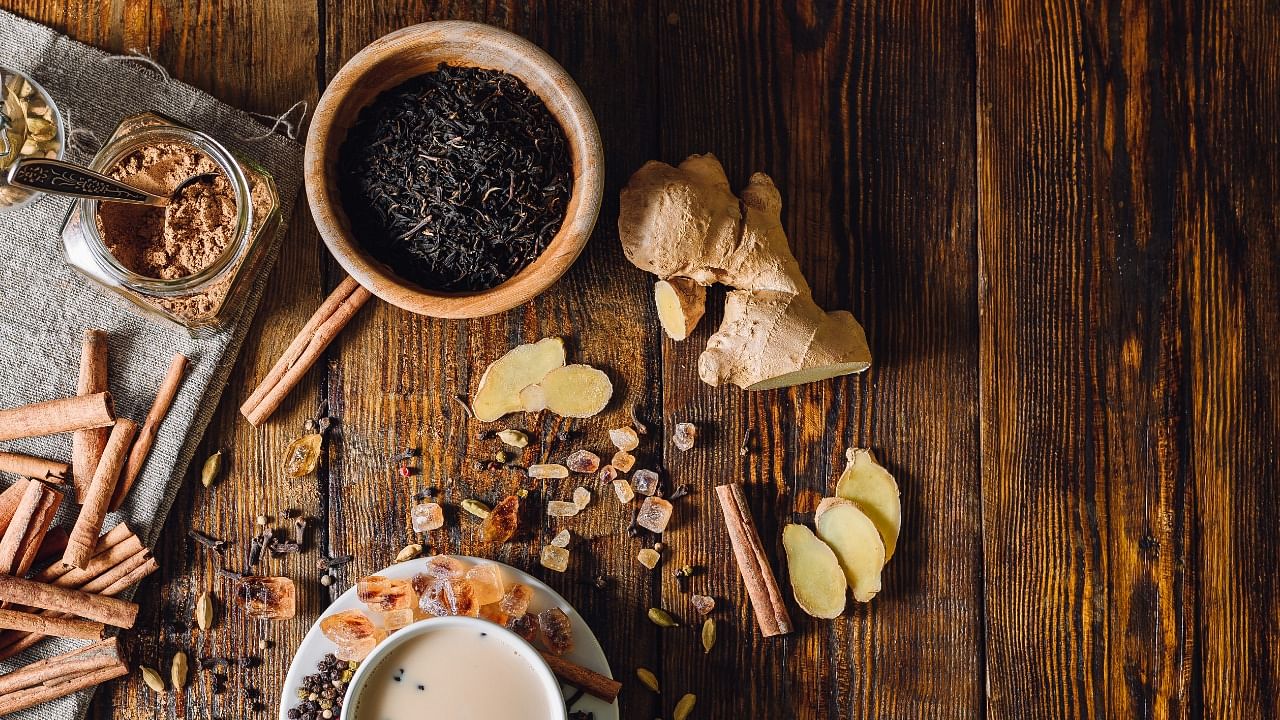
Ayurvedic supplements like Krimikuthar Ras, Annabhedi Chendooram and Drakshavaleha are likely to be distributed to women and children in anganwadi centres by the Centre as part of the take home ration (THR) component. The union ministry of women and child development said supplements will be distributed under the Integrated Child Development Scheme to combat anaemia. The move follows successful pilots in Karnataka, Gujarat and Tamil Nadu.
WCD officials said that the ministry is conducting a third party evaluation of the supplements, with the help of the Indian Council of Medical Research before the distribution. Currently, the government distributes Iron and Folic Acid tablets in anganwadis, apart from fortified rice under the Poshan scheme to combat malnutrition.
In Karnataka, between 2016 and 2019, a pilot project was carried out in the Hudali primary health care (PHC), showed positive results. In some cases, officials said, it fell from 30 per cent to as low as 4 per cent within a year.
In the pilot, across 26 villages and 122 institutions, including 39 schools and 83 anganwadis, school-going and children between the age group of 4 to 16 years were screened for anaemia. About 662 camps were held, and 80 students found to have severe anaemia and other health issues; 121 students were referred to higher centres.
The students were then administered ayurvedic supplements like Krimikuthar Ras, Punarnava Mandoor and Drakshavaleha tablets. As a result, 50 institutions, including 20 schools and 30 anganwadis, were declared anaemia-free.
Official data from the WCD ministry showed that in 2016, of the 5,092 students screened, 1,570 (or 30.83 per cent) were found to be anaemic. After the medicines, only 217 students, or 4.26 per cent, still suffered from anaemia. Similarly, in 2018, of the 6,663 students screened, 881 students, or 13.22 per cent students, were found to be anaemic, which later climbed down to 1.81 per cent, or 121 students. In 2019, of the 7,115 students screened, 514 or 7.22 per cent students were anaemic, which later came down to 74 or 1.04 per cent.
WHO data states that more than 50 per cent of Indian children and women are anaemic. NFHS-5 data shows that 35.5 per cent of children below 5 in India were stunted, and 19 per cent are severely malnourished.
The centre carried out a similar programme in Tamil Nadu, where 1,000 women with anaemia in the Nilgiri and Coimbatore regions were administered ayurvedic supplements. Among women with severe anaemia, where haemoglobin was less than 6 gm/decilitre ayurvedic tablets like Punarva Mandoor and Triphala Churna. Officials said that in 85.5 per cent of the women, anaemia numbers came down. In some of these women, painful menstrual periods stopped, officials said.
In addition to that, the National Institute of Siddha, too, has distributed ayurvedic tablets among 2300 anaemic women, and found anaemia numbers come down from 69 per cent to 11 per cent, officials said.
Another programme in Gujarat’s Jamnagar, Devbhumi Dwarka, Dang, Narmada, Bhavnagar and Dahod districts have shown positive results. Avantika Darji, Joint Director of the ICDS programme at the WCD department of the Gujarat Government, said that Ayurvedic components like Trikatu and Vidang for children, and Jeera and Musta Churna for women were part of their THR.